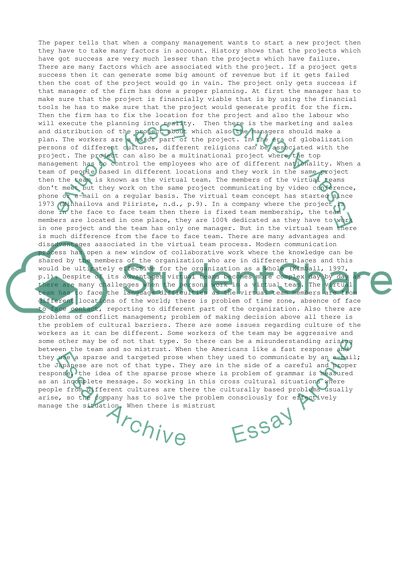Cite this document
(“Critical Issues faced by the managers while they set a project where Assignment”, n.d.)
Retrieved from https://studentshare.org/management/1394241-critical-issues-faced-by-the-managers-while-they-set-a-project-where-the-associated-persons-of-the-project-are-from-different-culture
Retrieved from https://studentshare.org/management/1394241-critical-issues-faced-by-the-managers-while-they-set-a-project-where-the-associated-persons-of-the-project-are-from-different-culture
(Critical Issues Faced by the Managers While They Set a Project Where Assignment)
https://studentshare.org/management/1394241-critical-issues-faced-by-the-managers-while-they-set-a-project-where-the-associated-persons-of-the-project-are-from-different-culture.
https://studentshare.org/management/1394241-critical-issues-faced-by-the-managers-while-they-set-a-project-where-the-associated-persons-of-the-project-are-from-different-culture.
“Critical Issues Faced by the Managers While They Set a Project Where Assignment”, n.d. https://studentshare.org/management/1394241-critical-issues-faced-by-the-managers-while-they-set-a-project-where-the-associated-persons-of-the-project-are-from-different-culture.


